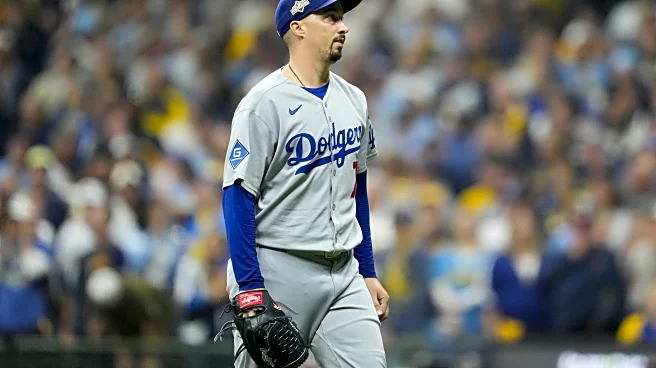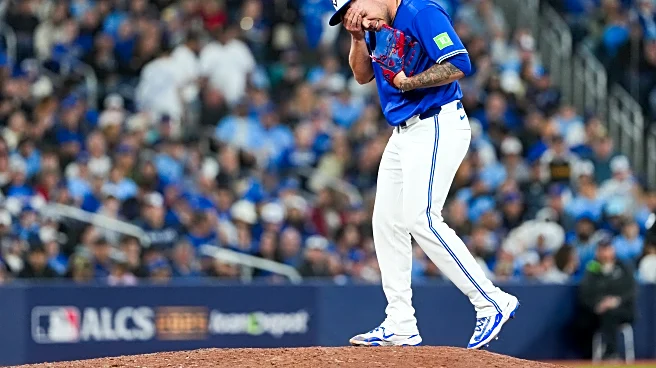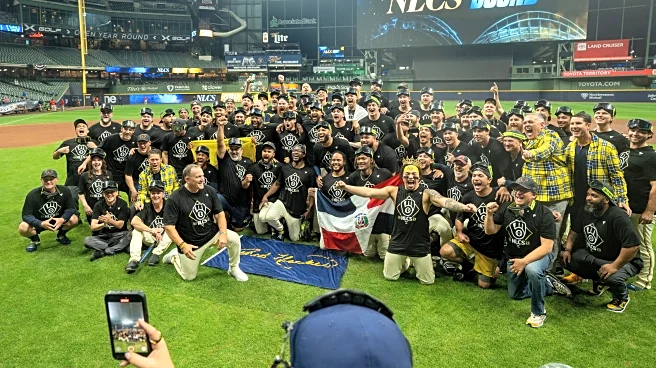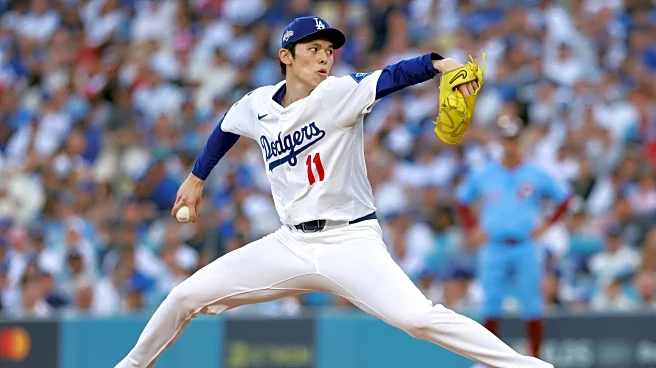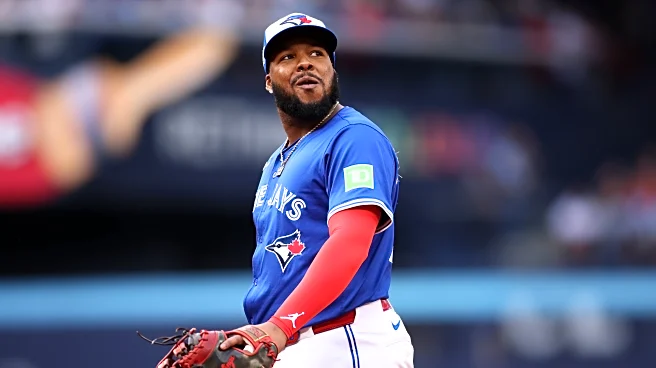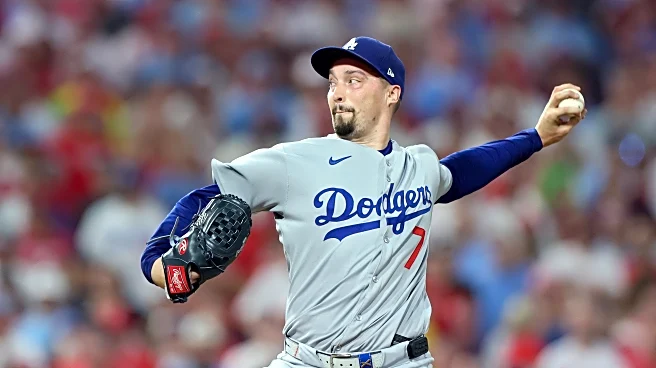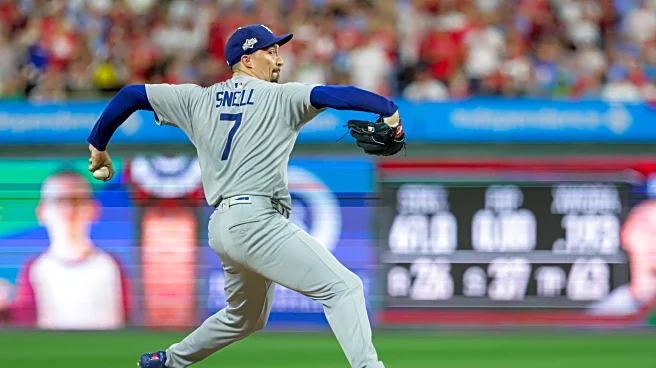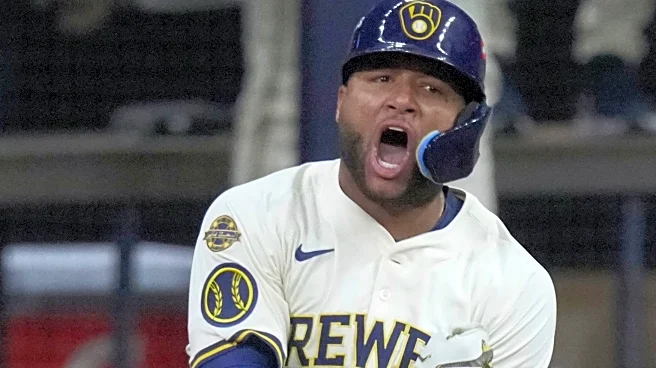Although the bullpen certainly did its best to throw it all away before eventually securing a win in Game 1 of the NLCS, Blake Snell’s dominant performance against the Milwaukee Brewers will go down in the history
books. The Dodgers’ left-handed starter made a mockery of Brewers hitters for eight full innings, a rare start of great length in the modern game, but one that ended up almost feeling too short given what happened in the ninth.
It’s one thing for a pitcher to get in a groove and generate quick outs if the opposition starts pressing after going down big early. Snell didn’t have that luxury, as the Dodgers gave him exactly one run of support in the eight innings he was out there before tacking on a key insurance run in the ninth. Milwaukee’s pitching did more than enough against the high-powered Dodger bats to feel good about the game, but they couldn’t compete against Snell.
It’s not the first dominant outing from Snell in this postseason, but the way in which he came upon it was unquestionably different from his previous performance at Citizens Bank Park. Adaptability was key, as we’ll discuss how Snell attacked the Brewers very differently from his game plan against the Phillies.
This year, more than he ever has in his career, Snell has relied on the changeup as his primary off-speed offering to right-handed batters. In Game 1 of the NLCS, Snell kicked it up a notch or two and just force-fed changeups to righties over half the time with incredible success.
Perhaps no pitcher in the sport better personifies the never-give-in mentality than Blake Snell, who has mastered the art of knowing when and, more importantly, where to miss, thus avoiding the middle of the plate with the best of them. One of the big question marks ahead of this game was how the matchup would unfold between a pitcher who relies heavily on inducing swings out of the zone against a patient lineup that doesn’t chase much.
The solution for Snell was to attack the zone much more aggressively. By comparison, Snell had a 38-percent zone rate against the Phillies (right in line with his career norm), and that figure was raised to 50-percent in his eight innings of work against the Brewers. As it turned out, they were not ready for his changeup in the slightest, whiffing a whopping 14 times on that pitch alone. Snell recognized Milwaukee’s strength and went right at them.
To contextualize the dominant nature of Snell’s performance, the great Sarah Langs pointed out that this was the first game ever with a pitcher throwing 8+ innings of one-run ball, allowing no more than one hit and no walks.
The increased zone rate is obviously directly connected to that no-walks part, and it leaves a blueprint of how to pitch to this Brewers team. If we go back to Snell’s performance against the Phillies, one of the reasons he “only” pitched six innings was that he walked four people, and do you know against whom three of those walks came? Trea Turner, Kyle Schwarber, and Bryce Harper, all hitters you’re likely to be extra careful against.
Unlike most pitchers, when Snell walks four people in a six-inning performance, that’s not necessarily tied to inconsistent command. Take a look at the pitch chart from that game.

There’s a deliberate hole right in the middle part of the zone, and that screams everything but shaky command.
Now, here is the same chart from the game against the Brewers.

The lesson is not just chug anything in the zone, and it’ll all be fine. The Brewers homered seven times against the Cubs in the NLDS, and their lineup is plenty dangerous. That being said, your willingness to attack them should be maximized, and for a rotation as nasty as the Dodgers’, there’s no reason not to.
